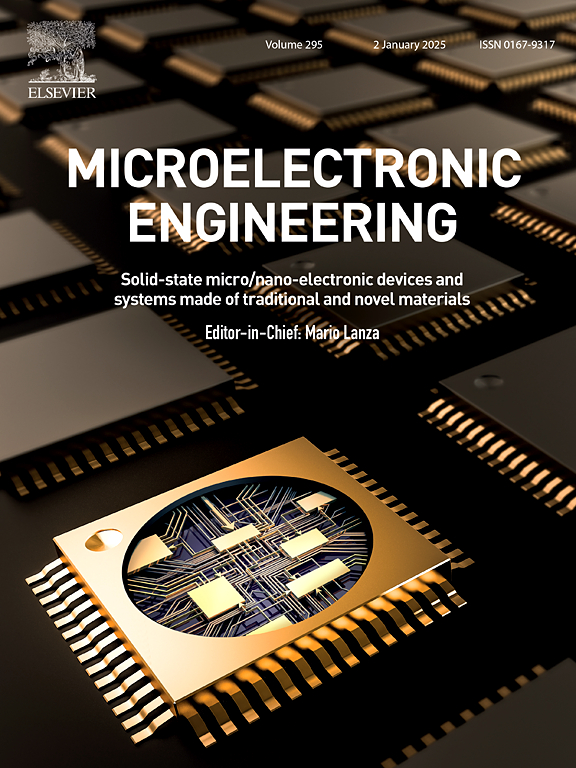使用混合计量方法开发过氧化氢整体过滤解决方案
IF 3.1
4区 工程技术
Q2 ENGINEERING, ELECTRICAL & ELECTRONIC
引用次数: 0
摘要
所有半导体制造商都在努力提高其工艺效率和有效性,以提供更好的性能。为了实现每一代新半导体器件的这种改进,同时保持高可靠性和良率,必须对工艺化学品和气体建立严格的污染控制。这些材料中的污染物可以以各种形式存在,例如有机物,凝胶,固体颗粒,阴离子,阳离子,聚合物等,并且通常使用基于膜的过滤来控制。为了确保实施适当的过滤解决方案,需要两个步骤。首先,必须使用多种分析技术识别/表征半导体级化学中存在的污染物,以开发不同的污染物概况,然后使用该知识优化整个供应链的过滤方案,以确保端到端杂质控制。在本文中,采用混合计量方法首先了解半导体级过氧化氢(H2O2)在30%浓度下的污染概况,然后评估不同过滤膜从化学品中去除这些污染物的有效性。本文章由计算机程序翻译,如有差异,请以英文原文为准。

Use of a hybrid metrology approach to develop holistic filtration solutions in hydrogen peroxide
All semiconductor manufacturers are driving to advance their process efficiency and effectiveness to deliver improved performance. To achieve such improvements with each generation of new semiconductor devices while maintaining high reliability and yield, strict contamination control must be established for process chemicals and gases. Contaminants in these materials can be present in various forms, such as organics, gels, solid particles, anions, cations, polymers, etc., and are typically controlled using membrane-based filtration. To ensure that the appropriate filtration solutions are implemented, a two-step process is required. First, one must identify/characterize the contaminants present in the semiconductor grade chemistry using multiple analytical techniques to develop a diverse profile of contaminants and then use that knowledge to optimize filtration schemes across the supply chain to ensure end-to-end impurity control. In this paper, a hybrid metrology approach was utilized to first understand the contamination profile of semiconductor grade hydrogen peroxide (H2O2) at 30 % concentration then evaluate the effectiveness of different filter membranes in removing these contaminants from the chemical.
求助全文
通过发布文献求助,成功后即可免费获取论文全文。
去求助
来源期刊

Microelectronic Engineering
工程技术-工程:电子与电气
CiteScore
5.30
自引率
4.30%
发文量
131
审稿时长
29 days
期刊介绍:
Microelectronic Engineering is the premier nanoprocessing, and nanotechnology journal focusing on fabrication of electronic, photonic, bioelectronic, electromechanic and fluidic devices and systems, and their applications in the broad areas of electronics, photonics, energy, life sciences, and environment. It covers also the expanding interdisciplinary field of "more than Moore" and "beyond Moore" integrated nanoelectronics / photonics and micro-/nano-/bio-systems. Through its unique mixture of peer-reviewed articles, reviews, accelerated publications, short and Technical notes, and the latest research news on key developments, Microelectronic Engineering provides comprehensive coverage of this exciting, interdisciplinary and dynamic new field for researchers in academia and professionals in industry.
 求助内容:
求助内容: 应助结果提醒方式:
应助结果提醒方式:


